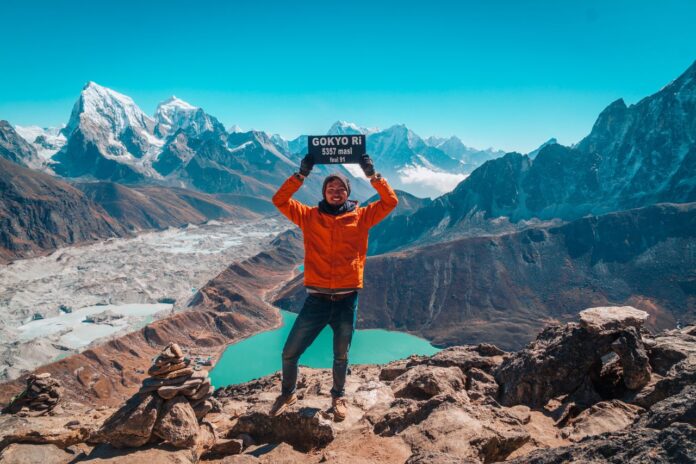For many, trekking to Everest Base Camp (EBC) is a life-changing goal, bringing them face-to-face with the grandeur of the Himalayas and the rich culture of Nepal. Unlike the climb to Everest’s summit, reaching base camp is achievable for many beginners.
With the right preparation, knowledge, and commitment, even those with minimal trekking experience can embark on this journey and return with unforgettable memories. This guide provides essential insights for beginners, covering preparation, costs, challenges, and the rewards that await.
Why Everest Base Camp is Accessible for Beginners
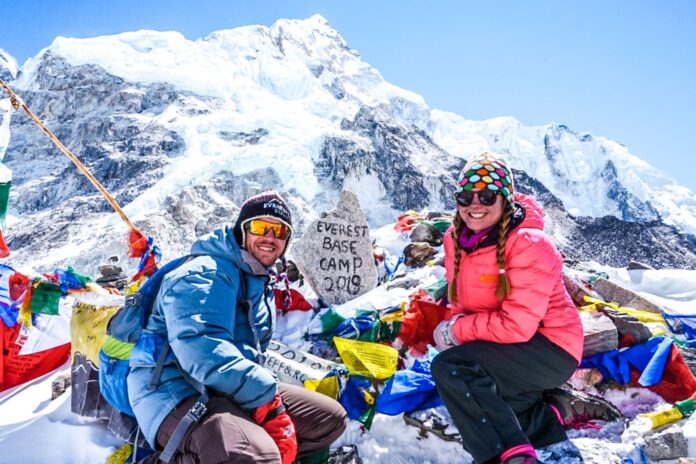
While Everest’s summit requires advanced skills and extensive training, trekking to Everest Base Camp is a more manageable feat. The trek does not demand technical climbing, making it accessible to beginners with a moderate level of fitness.
The journey primarily involves trekking along trails with manageable inclines, rather than technical climbs or intense altitude zones. This makes it a viable option for those new to trekking.
However, beginners must approach this journey with awareness and preparation. The route still presents challenges, including altitude changes, long trekking days, and potentially harsh weather. Understanding these challenges helps beginners prepare effectively and make the trek safely.
Physical Preparation for the Trek

A successful trek to Everest Nepal Base Camp requires a certain level of physical fitness. Beginners should start training well in advance to ensure their bodies can handle the demands of multiple days of trekking in varied terrain.
Key Aspects of Physical Training
- Cardiovascular Fitness
Endurance is essential, as trekkers will spend 5–7 hours each day on the trail. Cardiovascular training, such as walking, hiking, running, or cycling, helps build stamina. Beginners should start with shorter hikes and gradually increase the duration and intensity. A routine involving at least 3–4 sessions of cardio each week for a few months before the trek prepares the body for sustained physical activity. - Strength Training
Trekking to EBC requires carrying a daypack and managing inclines and descents. Strengthening the legs, core, and upper body ensures that beginners can maintain stability and handle the weight. Exercises such as lunges, squats, and core workouts are beneficial. Building strength also reduces the risk of fatigue and injury. - Acclimatization to Altitude
While the altitude at EBC (5,364 meters) is not as extreme as Everest’s summit, it can still cause altitude sickness. Beginners benefit from acclimatization hikes or using high-altitude simulation equipment if possible. Practicing at higher altitudes helps the body adjust to the reduced oxygen levels, lowering the risk of altitude-related issues.
Planning the Itinerary
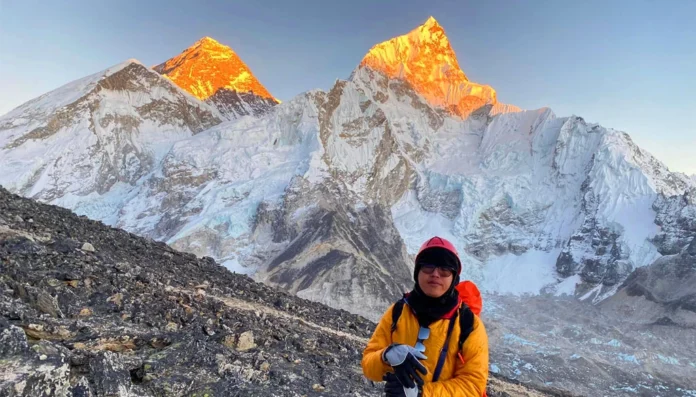
A typical trek to Everest Base Camp takes around 12–14 days, depending on the route and acclimatization stops. Itineraries often include buffer days for acclimatization, allowing trekkers to adjust to the altitude.
Common Itinerary Breakdown
- Arrival in Kathmandu
Trekkers begin their journey in Kathmandu, Nepal’s capital, where they can gather necessary permits, equipment, and supplies. Kathmandu also offers time to adjust to a new environment before heading to higher altitudes. - Lukla Flight and Start of the Trek
A short flight from Kathmandu takes trekkers to Lukla, the gateway to the EBC trek. This flight is renowned for its views and introduces trekkers to the unique landscapes they will encounter. - Namche Bazaar and Acclimatization
Namche Bazaar, a bustling mountain town, serves as an acclimatization stop. Here, trekkers rest and explore the area, preparing their bodies for higher altitudes. - Tengboche and Pangboche
As the trek continues, trekkers pass through Tengboche and Pangboche, two culturally rich villages. Tengboche’s monastery, set against a Himalayan backdrop, is a highlight of the journey. - Dingboche and Lobuche
Dingboche and Lobuche are additional stops where trekkers can acclimate further. As they approach higher elevations, trekkers may notice changes in temperature and oxygen levels. - Reaching Everest Base Camp
After days of trekking, trekkers arrive at Everest Base Camp. This destination offers a view of Everest and the surrounding peaks, along with the iconic Khumbu Icefall. Reaching EBC is an emotional and rewarding milestone. - Return Journey
The journey back to Lukla takes a similar route, with stops that allow trekkers to reflect on their achievement. Returning to lower altitudes also helps with recovery after days of exertion.
Costs of the Trek
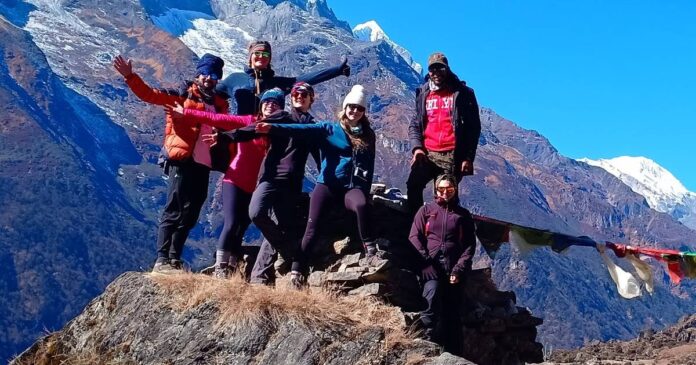
While less costly than an Everest summit expedition, trekking to EBC still involves financial planning. Expenses vary depending on travel style, accommodations, and level of support.
Breakdown of Costs
- Permits and Entry Fees
All trekkers need a Sagarmatha National Park entry permit and a TIMS (Trekkers’ Information Management System) card. These permits typically cost around $50–60, depending on nationality and trekking season. - Accommodation and Food
Tea houses, which provide basic lodging and meals, are the primary accommodation on the trail. Prices increase as trekkers ascend, with meals and rooms costing more due to transportation logistics. Budgeting around $20–30 per day for food and lodging covers most expenses. - Guide and Porter Services
Hiring a guide enhances safety, as they can navigate, assist with altitude sickness prevention, and share knowledge about the region. Porters are also valuable, carrying up to 25 kg of gear, allowing trekkers to focus on the trek without heavy loads. Guide and porter services cost approximately $20–30 and $15–25 per day, respectively. - Flights to and from Lukla
The flight between Kathmandu and Lukla is essential for EBC trekkers. Round-trip tickets usually cost around $150–200, though prices vary by season. - Equipment and Gear
Trekkers need warm, durable clothing, proper footwear, a quality backpack, and trekking poles. Renting or purchasing gear in Kathmandu is common, with basic gear costing around $200–400.
Challenges of Trekking to Everest Base Camp
Although the EBC trek is accessible to beginners, it still presents certain challenges. Proper preparation and awareness of these difficulties are essential for a successful trek.
Key Challenges to Expect
- Altitude Sickness
The high altitude poses the risk of altitude sickness, even for fit individuals. Symptoms include headaches, nausea, and dizziness. Gradual acclimatization, hydration, and regular breaks help reduce these symptoms. Beginners should avoid rushing, allowing their bodies to adjust naturally. - Physical Strain and Long Days
The trek involves walking for multiple hours daily, often on uneven or steep terrain. The physical strain requires endurance and can be exhausting, particularly for those unaccustomed to trekking. Training before the journey helps beginners handle the long days. - Weather Conditions
The weather in the Himalayas can be unpredictable, with temperatures dropping as trekkers gain altitude. Beginners must prepare for cold conditions and unexpected changes in weather by packing layers and weather-resistant gear. - Limited Facilities and Remote Environment
Facilities along the route are basic. While tea houses provide comfort, luxuries are limited, and trekkers should prepare for simple accommodations and limited amenities. Power, hot water, and Wi-Fi come at an additional cost, particularly at higher altitudes.
Highlights and Rewards of the Trek
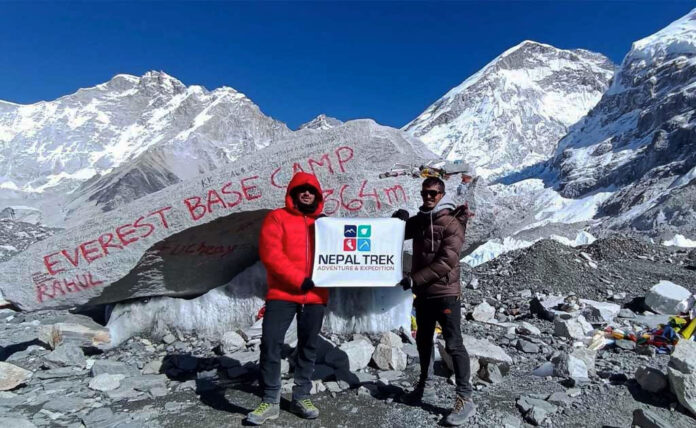
Despite the challenges, trekking to Everest Base Camp offers profound rewards, making the effort worthwhile.
Key Highlights
- Scenic Himalayan Views
The trek offers stunning views of snow-capped peaks, including Ama Dablam, Lhotse, and, of course, Everest itself. These views are a source of inspiration and awe, making each day’s effort worthwhile. - Unique Cultural Encounters
Trekkers pass through Sherpa villages, experiencing local customs, traditions, and hospitality. Stops at monasteries and interactions with the Sherpa people enrich the journey, offering insights into the mountain communities that call this region home. - Sense of Achievement
Reaching Everest Base Camp is a rewarding milestone, especially for beginners. The sense of accomplishment that comes from overcoming physical and mental challenges stays with trekkers long after they return home. It is a testament to their resilience and determination. - Personal Growth
The journey to EBC pushes individuals to face their limits and persevere through discomfort. This process fosters self-discovery, resilience, and mental strength, with many trekkers returning with a deeper sense of confidence and purpose.
Essential Tips for First-Time Trekkers
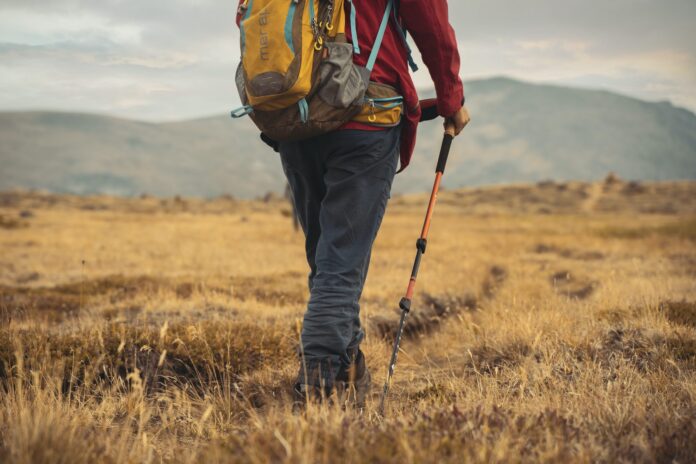
- Start Training Early
Physical fitness is crucial. Beginners should dedicate time to building endurance and strength, starting at least a few months in advance. - Pace Yourself
Rushing can lead to altitude sickness. Beginners should take their time, allowing their bodies to adjust to the altitude. Slow and steady progress is key. - Stay Hydrated
High altitudes dehydrate the body quickly. Trekkers should drink water consistently to avoid dehydration, which exacerbates altitude sickness. - Invest in Good Gear
Warm clothing, sturdy shoes, and a reliable backpack make a significant difference. Quality gear enhances comfort and protects trekkers from the cold and variable weather. - Listen to Your Body
Altitude affects everyone differently. Beginners should pay attention to symptoms and seek help if needed. Ignoring symptoms can lead to serious complications.
Conclusion
Trekking to Everest Base Camp is an achievable adventure for beginners, provided they come prepared. With the right physical conditioning, an understanding of the costs involved, and a realistic mindset, first-timers can safely enjoy one of the world’s most iconic journeys.

